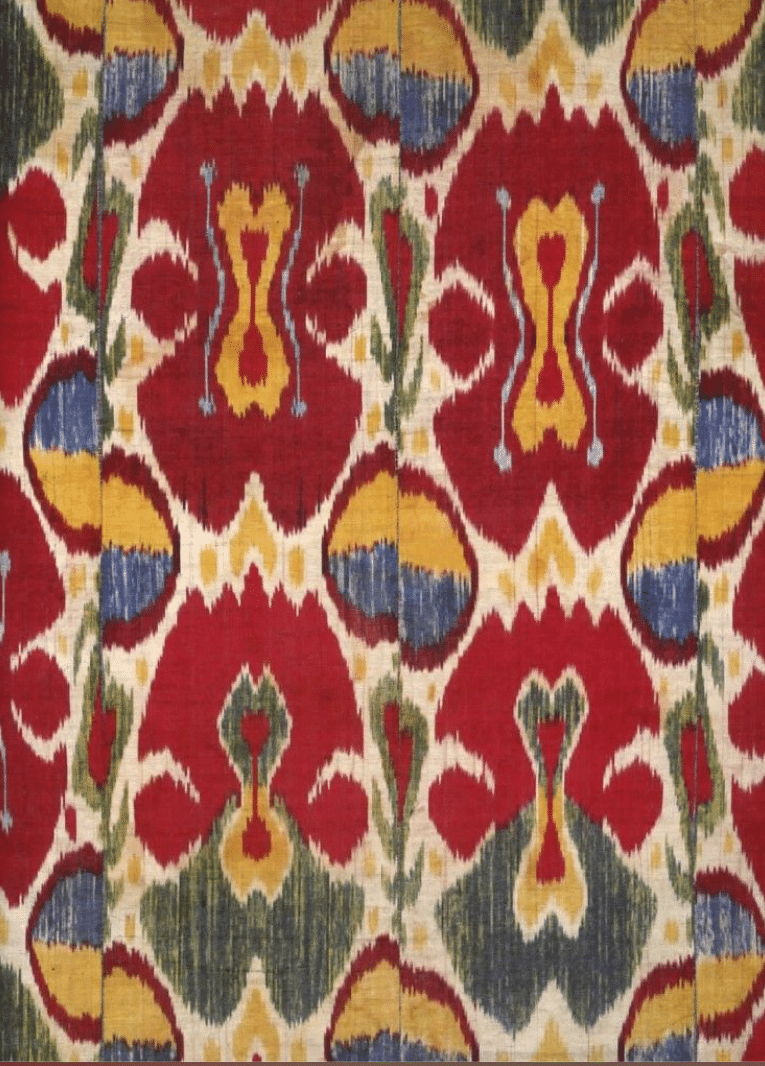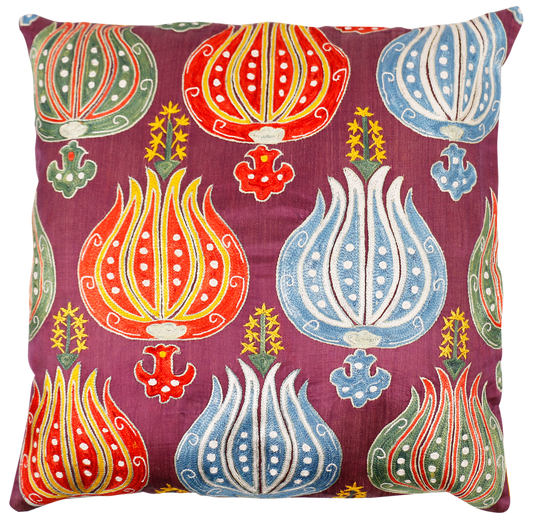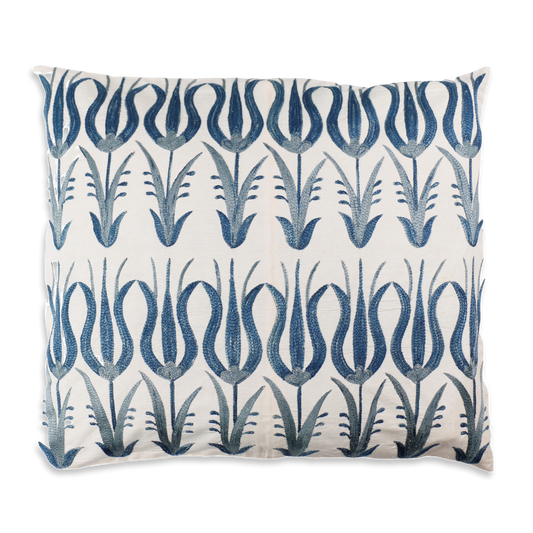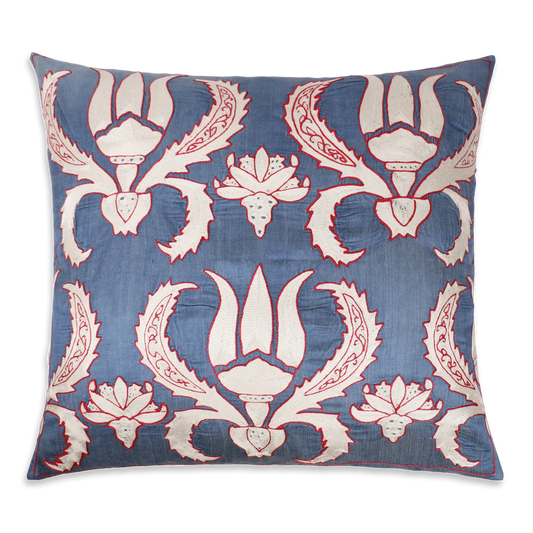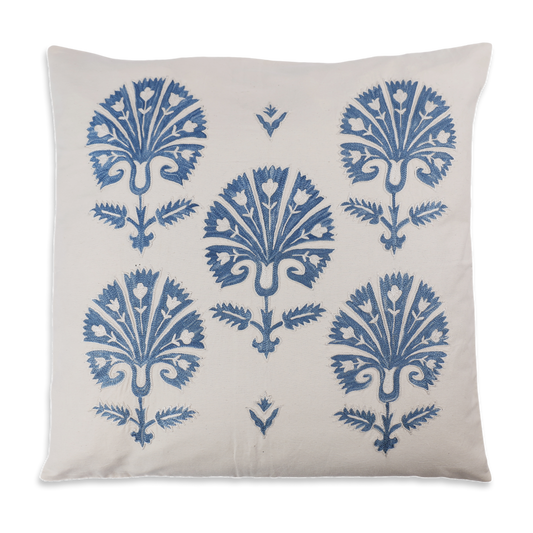Ikat in Indonesian languages means “bind” is a dyeing technique that originated from Indonesia. In ikat, the resist is formed by binding individual yarns or bundles of yarns with a tight wrapping applied in the desired pattern. The yarns are then dyed. The bindings may then be altered to create a new pattern and the yarns dyed again with another colour. This process may be repeated multiple times to produce elaborate, multicoloured patterns. From ancient trade ties to a fashion statement across 30 countries, Ikat is a fascinating weave, which universally symbolizes wealth, power and prestige. A visually beautiful and artistic, textile dyeing and weaving technique involves specific computations that focus on mathematical symmetry – where every inch is calculated and connected.

A characteristic of ikat textiles is an apparent “blurriness” to the design. The blurriness is a result of the extreme difficulty the weaver has in lining up the dyed yarns so that the pattern comes out perfectly in the finished cloth. The blurriness can be reduced by using finer yarns or by the skill of the craftsperson. Ikats with little blurriness, multiple colours and complicated patterns are more difficult to create and therefore often more expensive. However, the blurriness that is so characteristic of ikat is often prized by textile collectors.

